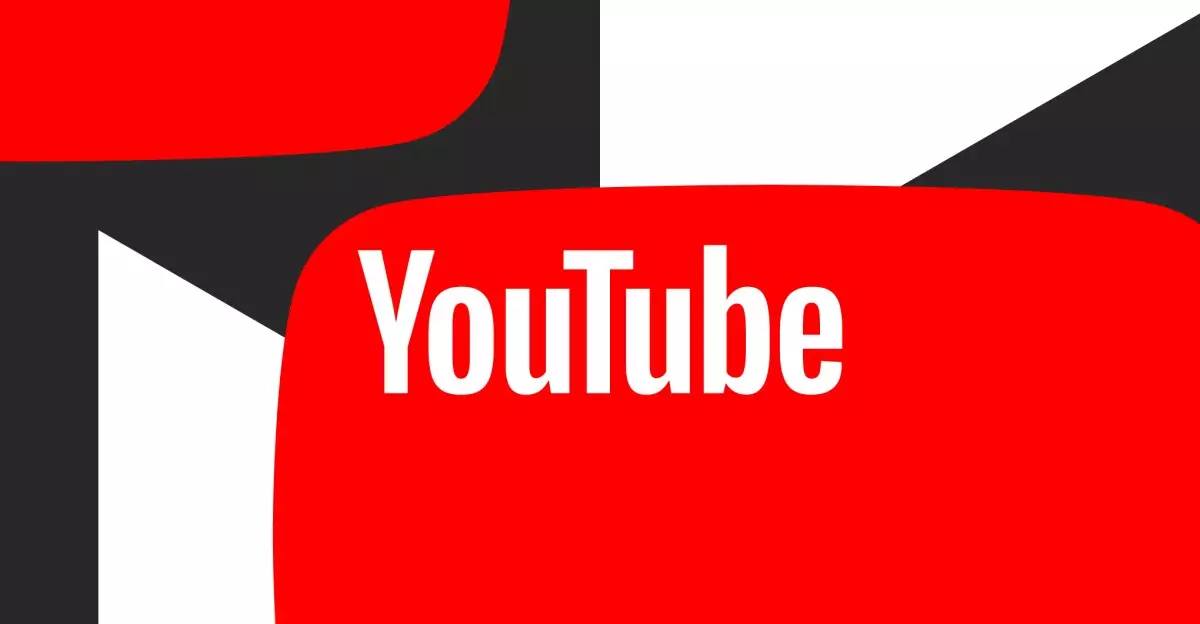In a groundbreaking move that challenges the conventional boundaries of content moderation, YouTube has recently revised its policies to allow videos to remain available if their value for public discourse outweighs potential harm. This paradigm shift, reported by The New York Times, marks a significant turning point in the ongoing debate between free speech and the responsibility of platforms to ensure a safe environment for users. By broadening the criteria for what constitutes “public interest,” YouTube has taken a substantial step towards fostering a more inclusive online dialogue, while also grappling with the complexities of misinformation, hate speech, and other contentious topics.
Criteria for Content Preservation
Under the revised guidelines, YouTube instructs its reviewers to assess content not strictly by the letter of its community guidelines but rather by evaluating the broader implications of that content. For example, discussions around sensitive subjects such as race, gender, and public health can remain live, even if they contain elements that would typically violate YouTube’s rules, provided that such elements comprise less than 50% of the video’s overall content—a significant increase from the previous threshold of 25%. This strategic adjustment is poised to tap into the rich, often divisive conversations that define contemporary society, providing a platform for voices that may have been silenced under stricter regulations.
The Rationale Behind the Change
One cannot overlook the implications of this shift in a political climate rife with contention. With an eye towards the upcoming U.S. elections, YouTube appears to be adopting a more lenient stance toward controversial content, allowing political candidates to maintain visibility even when they breach community standards. By doing so, the platform not only endorses a more democratic exchange of ideas but also positions itself as a counterforce against criticism from various factions—including politicians like Donald Trump, who have historically accused tech companies of biased moderation practices. These decisions may indicate a recognition of shifting cultural values, sparking new debates around what constitutes responsible moderation in a digital age.
The Balancing Act of Free Expression and Safety
In her statement to The New York Times, YouTube spokesperson Nicole Bell articulated the company’s mission as one of preserving free expression while simultaneously curtailing egregious harm. However, the question arises: how effectively can this balance be maintained in practice? With the digital landscape evolving rapidly, the definition of what constitutes “public interest” is inherently subjective and may lead to inconsistencies in application. When harmful content is allowed to proliferate under the guise of freedom of expression, the protective purpose of moderation can begin to unravel, exposing users to misinformation, hatred, and polarization.
One prime example outlined in the reports includes a video discussing Robert F. Kennedy Jr.’s controversial views on vaccine policies, classified as permissible due to its public interest merits despite containing misleading information about vaccines. It raises significant ethical questions about the primary drivers of online discourse. Are platforms prepared to shoulder the immense responsibility that comes with allowing potentially harmful content to thrive? Or will this approach ultimately foster environments that can perpetuate misinformation under the banner of “free speech”?
Industry Trends and a New Normal
Interestingly, YouTube’s recent adjustments mirror a broader industry trend as other tech giants, such as Meta, reevaluate their own moderation frameworks. Following pressure and scrutiny, these companies are appearing more lenient in their approaches, responding to vocal criticism not only from users but also from political figures. This shifting terrain suggests an impending cultural transformation in how online platforms manage the complexities of content moderating, aggressive misinformation, and hate speech amid heightened scrutiny.
As YouTube embraces its courage to make bold moves toward tolerance, it stands at a crossroads. Balancing the scales of free speech and community safety represents an ongoing struggle that will likely dominate discussions around digital rights and responsibilities for years to come. The effectiveness of these changes remains to be seen, but one thing is clear: YouTube is redefining the conversation about expression and its boundaries.


Leave a Reply